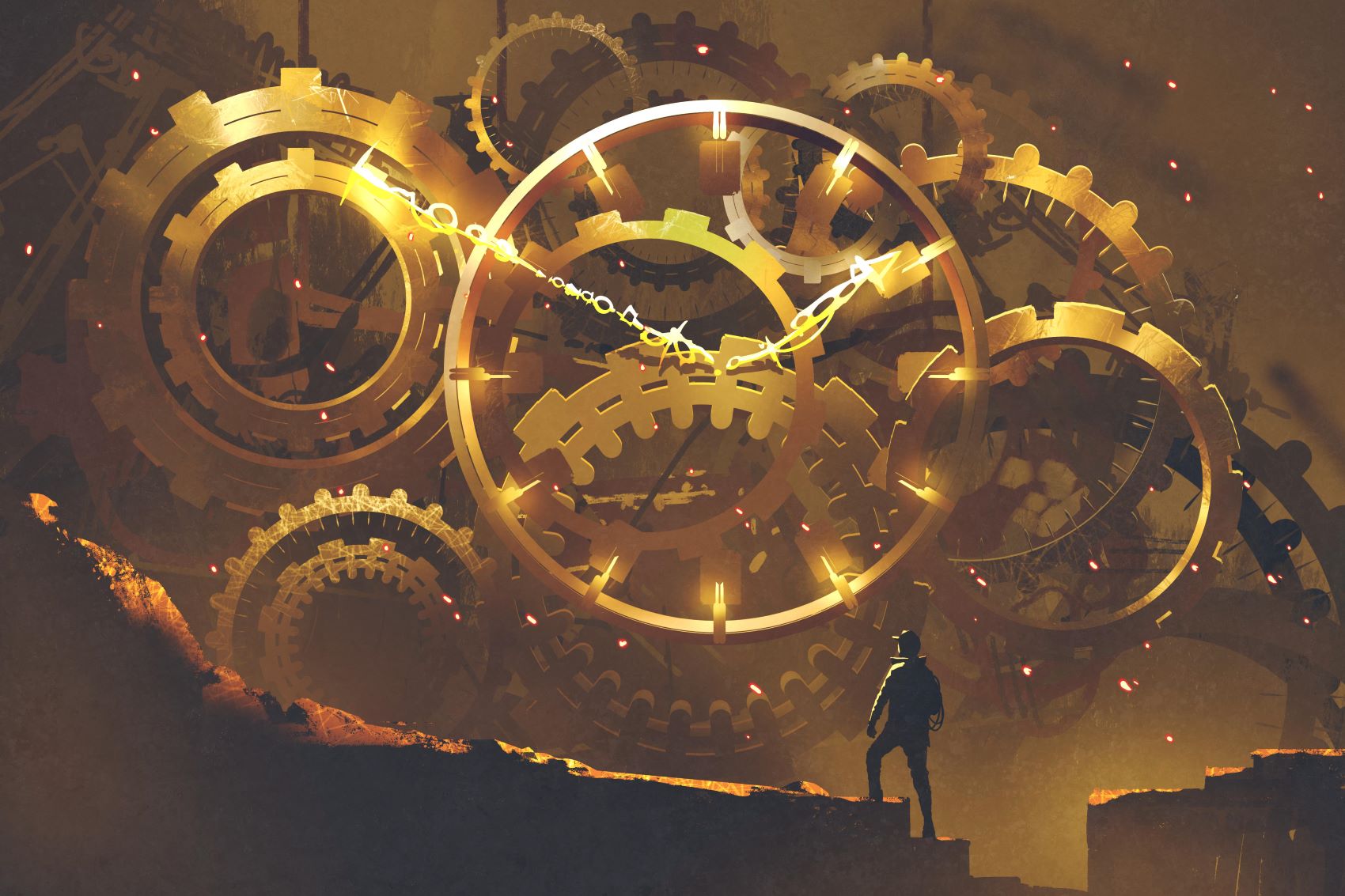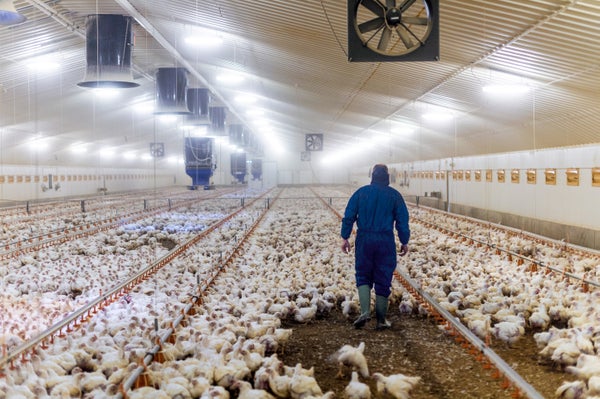
The Cost of AI Talent: Whos Hurting in the Search for AI Stars?
www.informationweek.com
The war for AI talent is all too real. organizations across industries are rushing to implement it in its various forms, and the high demand is outpacing supply. According to an August 2024 report by digital transformation services company UST, 76% of survey respondents cite a severe shortage of AI-skilled personnel. How companies deal with the shortage varies.For example, based on a review of the H1B Visa Salary Base, efinancialcareers found that a member of the technical staff, (an intentionally vague job description) at OpenAI paid one individual a $650,000 salary. Thats salary alone, not total compensation. Anthropic paid another individual a $405,000 salary, also as a member of the technical staff while Balyasny Asset Management paid an AI researcher $275,000. These are some high-end examples, but six-figure salaries are common.When it comes to total compensation, Menlo Ventures reported that recent packages ranged from $900,000 to $2.8 million for Level 3 to 6 ML engineers and $1.7 to $4.2 million for AI researchers."The demand for AI talent is currently at an all-time high, with no end in sight," said Matt Corbett, president of the embedded recruiting division at global talent advisory ZRG in an email interview. "The demand is global, with the US at No. 1, India at No. 2, China at No. 3, and the UK at No. 4. AI talent demand outstrips supply, so compensation is being driven up."Related:Despite some cooling of overall global venture capital over the last two to three years, the AI sector has remained strong with AI startups grabbing nearly a third of VC funding. In addition, the global AI funding deal count jumped 24% between Q1 2024 and Q2 2024."In 2024, nine AI deals raised over $1B. The current global software engineering talent marketplace cannot adjust quickly enough to absorb this accelerating focus on AI investments, so the increase in compensation will likely continue through 2025," says Corbett.Matt Corbett, ZRGMore generally, many organizations have complained they cant compete with Big Tech companies for IT talent, simply because their pockets arent as deep. According to The Wall Street Journal, some organizations are offering million-dollar pay packages or accelerated stock-vesting schedules. Even entire teams are being poached.Corbett says the impact of AI in the financial services sector is in direct proportion to the size of the financial services company.In the past, smaller firms could be more agile, flexible with a boutique experience. Now that we have entered the era of AI, the larger firms with extensive amounts of data, insights, transaction history, etc. are able to pool that knowledge with an internal LLM which provide unprecedented amounts of knowledge and capability in the hands of every client-facing representative, says Corbett.Related:That takes knowledgeable AI talent to execute, however. According to a recent IBM study involving 300 CEOs from retail, corporate, commercial and investment banks and financial market companies, 53% are struggling to find the right AI talent. While money is one of the most powerful motivators when it comes to attracting and retaining employees, it isnt the only one.Company ValuesRuth Ebeling,North America lead of HR and technology people strategy at Boston Consulting Group has not observed companies sacrificing other positions for AI talent, but employers seeking data, AI and GenAI talent must re-evaluate why candidates should choose the company and why employees should want to stay.Any scarce talent cohort with skills in high demand tends to command higher salaries and often seek companies with a strong employee value proposition tailored to data [and] AI talent.For tech talent, broadly, things like compensation, work-life balance, flexible work models, learning and development, and career pathing typically top their list of preferences, says Ebeling in an email interview. Technologists are almost twice as likely to turn down a job offer that does not offer a hybrid or flex work model than non-tech talent.Also, a link to the company purpose and their ability to have impact is attractive.Related:More specifically, data and AI talent are keenly aware of the power and responsibility of managing data and AI and GenAI well. In recent years, theyve watched many tech icons leave lucrative roles with AI companies in large part due to ethics, or a perceived lack thereof.AI lighthouse leaders have set the tone powerfully -- Responsible AI (RAI) matters and no one should stake their career in a company that can't say the same, says Ebeling. Companies seeking this talent should clearly state their RAI policies and procedures.Proud GenAI technologists will put this on their resume as well.Noosheen Hashemi, CEO and co-founder at precision health company January AI, says his company has definitely felt the impact of high AI talent demand, so company values are important.Competing with the astronomical salaries offered by Big Tech and venture-funded startups is a challenge, particularly as we aim to attract individuals who are both technically skilled and deeply committed to healthcare innovation, says Hashemi in an email interview. However, rather than reducing our team size to fund these roles, we prioritize candidates who resonate with our mission of transforming healthcare. We actively seek individuals with personal or professional experiences tied to healthcare, which often fosters a greater commitment to the work. This focus on mission alignment helps us attract talent motivated by impact rather than just salary.AI detector GPTZero also leads with value.[W]e are invested in the AI game, but we also have strong company values that [underscore] that respecting and taking care of our employees is our top priority, says Edward Tian, CEO at GPTZero in an email interview. We arent letting employees go to afford taking on AI experts with high salaries. Instead, we prioritize education and training for our current employees, providing them with learning opportunities to develop their AI skills and expanding our skills as a company to stay on top of our game. Thats the thing about AI it is evolving so rapidly that the best AI experts are the ones who are constantly learning and educating themselves on whats changing.Align AI Expectations With Actual CapabilitiesImed Yahmadi, CTO of call center software company Readymode, says that finding and retaining AI talent is challenging, but his strategy is to set appropriate expectations for what AI-powered solutions will deliver. That involves addressing practical AI uses cases and partnering with other organizations, like Amazon, to fill the gaps.This expectation setting means the company doesnt need to hire massive AI engineering teams, which helps the organization protect itself from talent shortfalls.Setting realistic expectations might sound straightforward, but in the tech world, its surprisingly rare, says Yahmadi in an email interview. Many companies set the bar for AI so high that it becomes nearly impossible to reach. We focus on applications where AI has already demonstrated reliability and value. As a result, we avoid overextending.Run LeanSince IT consultancies arent immune from the talent shortage, they must think creatively, too.We are always trying to be creative in how we can attract top talent and retain the talent we have. Competing with the big names with deep pockets is difficult when limited talent is on the market, says Cheryl Pounders, talent acquisition manager at technology consultancy https://smartbridge.com/ Smartbridge in an email interview. We choose to focus on the things we can control that benefit the employee and the company, such as incentives. [These include] paying bonuses for earning certifications in areas that our clients are looking for experts in, annual incentive plans and hybrid work arrangements.How does the company do it? It runs lean, which also helps avoid job cuts in soft economy conditions. In the meantime, Pounders is optimistic about emerging talent enabled by schools and certification programs that are churning out new and upskilled talent.Think DifferentlyJulia Stalnaya, CEO and founder of B2B hiring platform Unbench says flexible hiring models are becoming essential for companies grappling with talent shortages or budget constraints.I've seen organizations transition existing teams to part-time roles to retain talent while managing costs, says Stalnaya. Additionally, there's a growing trend toward hiring part-time specialists, contractors, and subcontractors for short-term or project-based work. This approach allows companies to test new AI models or ideas while managing resources.UpskillCompanies are finding that upskilling existing employees helps fill the talent gaps. It can also help keep existing employees motivated. Upskilling is also a staple that candidates have come to expect.One practical solution is to encourage motivated team members to pivot to AI-focused roles. With proper training and development, these transitions can build a more adaptable workforce. In my experience, flexibility and a willingness to learn are becoming critical traits for all specialists as markets evolve rapidly, says Unbenchs Stalnaya. Over the next few years, we'll see more professionals transitioning into AI roles and new graduates entering the workforce with AI expertise. As AI becomes a standard business function, the demand will level out. Eventually, AI specialists will be as common as software developers are today -- a vital but normalized part of the workforce.Spend management firm Emburse, has been upskilling its data science team so they are also GenAI experts."All of the hype around AI, and more specifically generative AI, has driven a lot of demand in the market in a relatively short period of time. That has certainly put pressure on the supply of talent which, of course, has an upward effect on compensation, says Ken Ringdahl, chief technology officer at Emburse. [W]e did not have to necessarily recruit a lot of new talent. Rather, it was more about investing in our existing talent both in terms of new education and skills but also providing the tools to be successful.Reassess the Hiring StrategyBCGs Ebeling points out that while upskilling is something organizations should proactively provide, that they should also revisit their hiring strategy.Ruth Ebeling, Boston Consulting GroupEmployers must also shift how they think about the skills these roles require.Certainly, data and AI skills are a must, but more important than that is self-starter behavior or the intellectual curiosity and ability to learn and self-teach, says Ebeling. This technology is moving so quickly, there is no online curriculum that keeps folks on the cutting edge.They do so by experimenting.Often the best recruit is someone who has demonstrated this capability of self-teaching through experimentation, [such as teaching] themselves to play a new instrument, learning a new language, or creating a side hustle because their day job didn't push their limits.Employers should value this skill above a 15-year-old degree that may not be relevant any longer.Bottom LineMany organizations cant compete with the compensation packages being offered by Big Tech, large companies and AI startups, so they need to think long and hard about why scarce talent would want to work for the company, and what makes employees want to stay.While money is the top motivator for many individuals, younger generations expect different things from their employers than older generations have. Values matter more than ever. So does upskilling, a clear career path and policies that make sense in 2025.
0 التعليقات
·0 المشاركات
·39 مشاهدة











